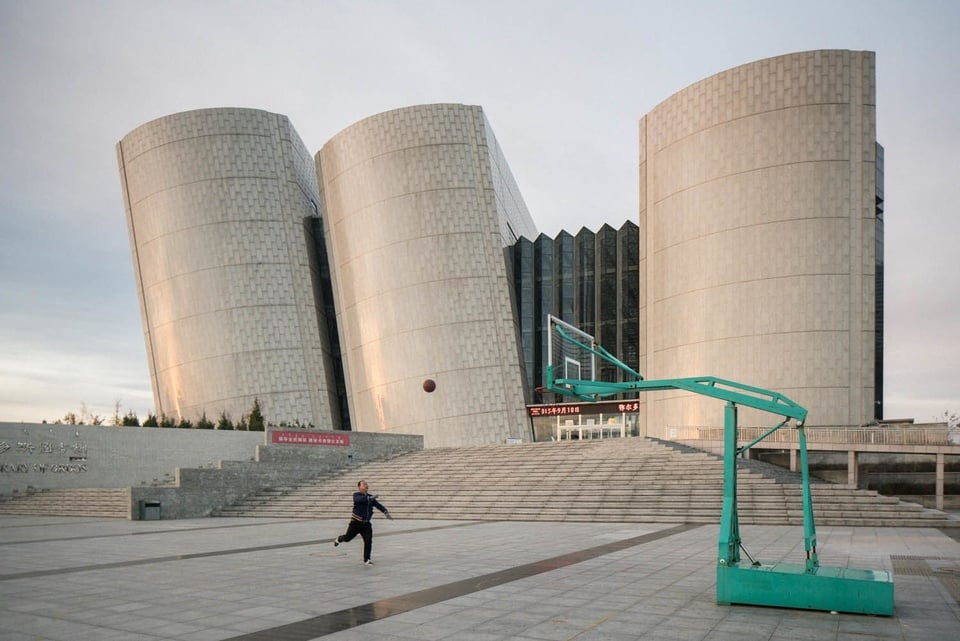 |
Falling coal prices have caused 70% of projects in Kangbashi to cease operations, turning Ordos into a "ghost town". Photo: CNN . |
Ordos, a coal-rich city in northern China, struggled to attract residents after coal prices collapsed in 2012. But the city is now home to more than a dozen autonomous vehicle testing companies thanks to its wide, flat, traffic-free roads.
Ordos’s transformation from real estate disaster to tech testing ground reflects China’s strategy of turning infrastructure failures into tech opportunities. The city holds a sixth of China’s coal reserves, providing a source of heavy goods to train its fleet of autonomous trucks.
New name of the city
Two decades ago, planners began developing Kangbashi, a new district in Ordos, taking advantage of the area’s coal wealth. Construction began in 2004 on the 32-square-kilometer satellite town, which was planned to be a futuristic megacity with a stadium, a museum, and luxury apartments.
According to local media, the 2012 global coal price crash and the property bubble caused more than 70% of Kangbashi’s housing projects to be abandoned. Today, only about 131,000 people live in the area, while the entire city of Ordos has a population of only about 2.2 million spread over an area of 86,000 square kilometers.
“Ordos has a huge demand for freight transport, and has ideal conditions for commercial application of autonomous vehicles,” said Chen Hongjun, general manager of the city’s state-backed autonomous vehicle testing agency.
China now sees autonomous driving as a top technology priority, alongside robotics and artificial intelligence. The failed development of Ordos in the 2010s inadvertently created the perfect environment to test autonomous trucks, robot taxis and smart buses.
The city government has set aside 355 kilometers of roads and 2,518 roadside devices, including laser radars and base stations, for autonomous driving tests, making Ordos one of China’s 20 official test zones for vehicle-cloud integration.
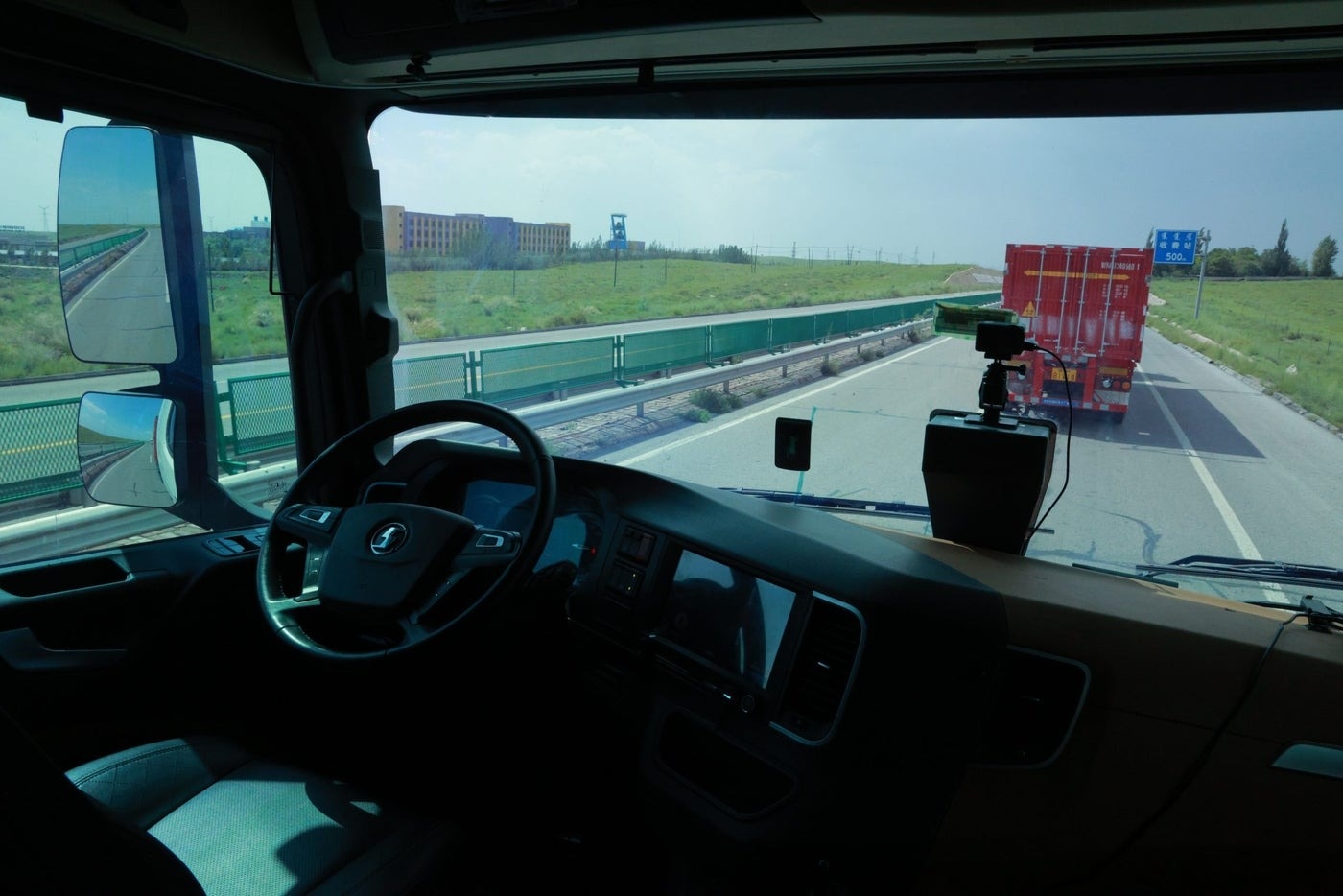 |
KargoBot has been testing in Ordos since 2021. Photo: Rest of World. |
KargoBot, China’s largest ride-hailing platform, has been testing since 2021 and now has the largest autonomous vehicle operation in the country. Over the years, the company’s Ordos fleets only require a safety supervisor in the lead vehicle, with each convoy consisting of two to six trucks.
The company expects revenue to exceed 500 million yuan by the end of this year (up 166% from last year), largely driven by cargo operations in Ordos. “With its large coal reserves, the city provides an ideal industrial environment for us to test our vehicles,” said Wang Ke, vice president of KargoBot.
There are still many limitations
While Chinese companies are looking to increase commercial operations, many other governments around the world are also attracting investment in the autonomous vehicle sector for various purposes.
California’s GoMentum Station has transformed a former naval weapons base, with 20 miles of paved roads, into the largest isolated autonomous vehicle test site in the US. South Korea built K-City, a 320,000-square-meter “simulated town” that includes highways, downtowns and parking lots.
Even inland China, cities like Yizhuang, a suburb of Beijing, are home to large robotaxi fleets. Ordos remains unique thanks to its combination of industrial-scale freight demand and a largely unpopulated urban infrastructure.
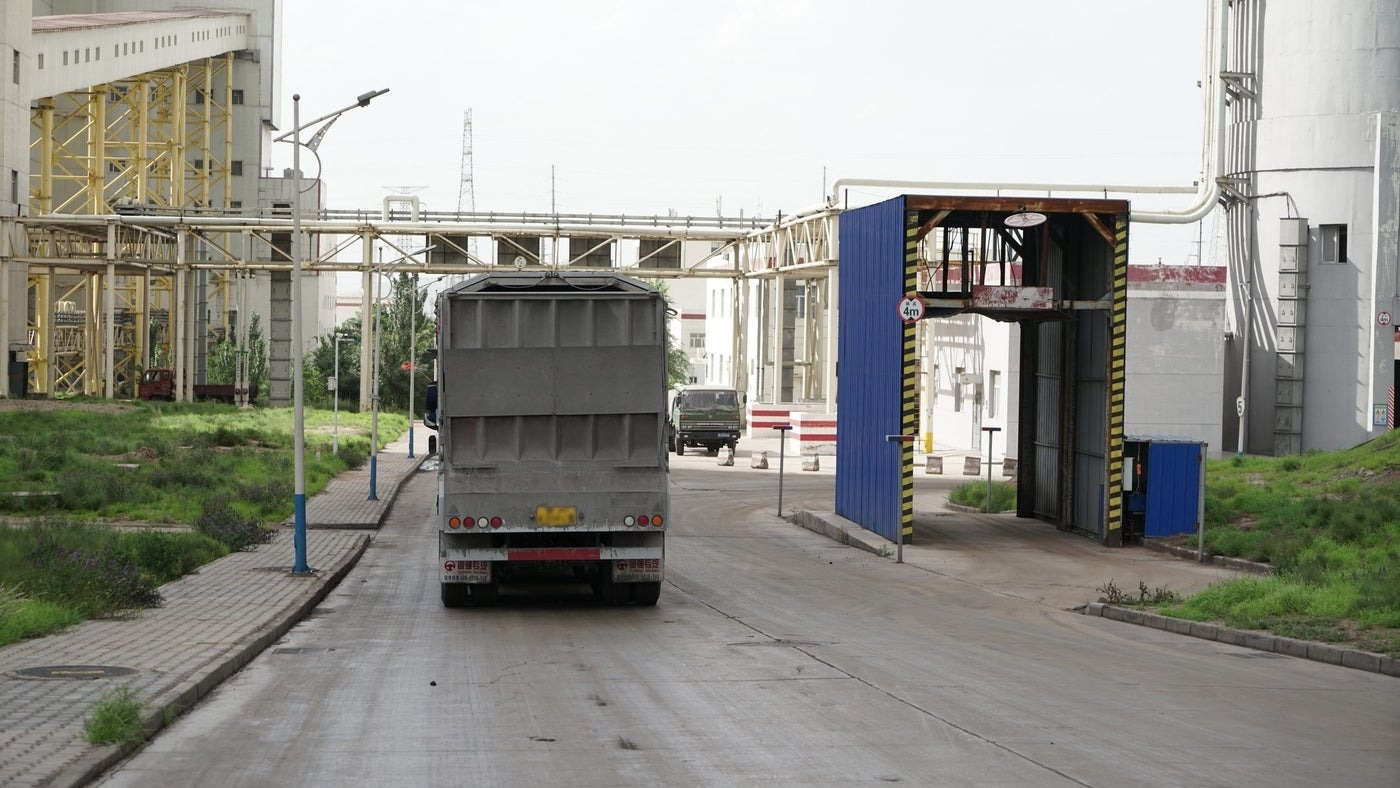 |
Kargobot's self-driving trucks deliver goods at a power plant in Ordos. Photo: Rest of World. |
Ordos offers a street system with real commercial applications and low risk for road users. However, the lack of people makes it difficult for autonomous vehicles to deal with unpredictable real-world situations, such as pedestrians suddenly crossing the street or rush hour traffic.
“Most of the world is now moving to testing in their natural cities. The real commercial opportunity is still in densely populated urban areas where mobility service providers can generate revenue,” said Kevin Mak, principal analyst for Global Automotive at TechInsights .
As a result, the potential for robotaxi services in Ordos is quite limited. KargoBot has expanded its operations to seven Chinese cities to collect more diverse data, while maintaining its main base there.
“Ordos provides the right environment for initial deployment. But to develop the technology, we really need data from more complex environments that can strengthen and test the AI capabilities,” said Wang Ke.
Source: https://znews.vn/thi-tran-ma-cua-trung-quoc-duoc-hoi-sinh-post1591007.html





![[Photo] Opening of the 13th Conference of the 13th Party Central Committee](https://vphoto.vietnam.vn/thumb/1200x675/vietnam/resource/IMAGE/2025/10/6/d4b269e6c4b64696af775925cb608560)


















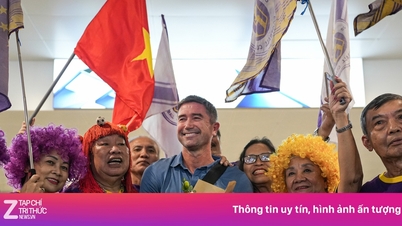

































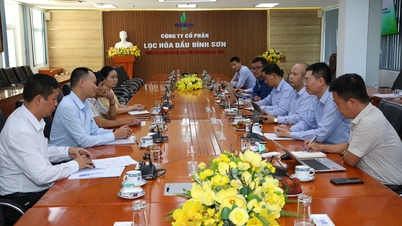









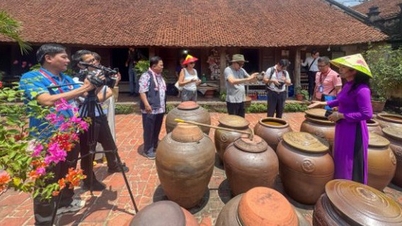

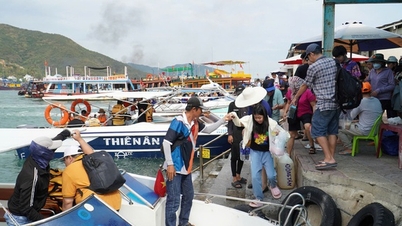
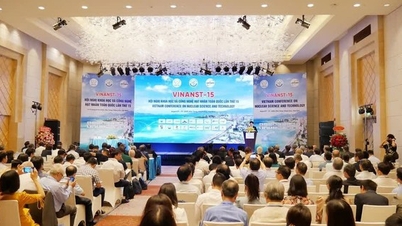






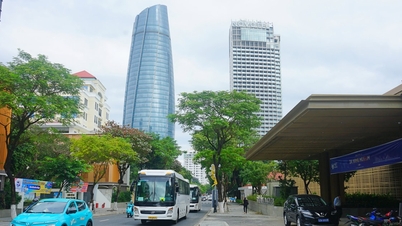

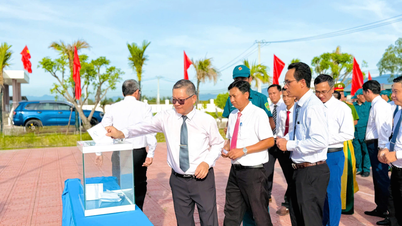














Comment (0)